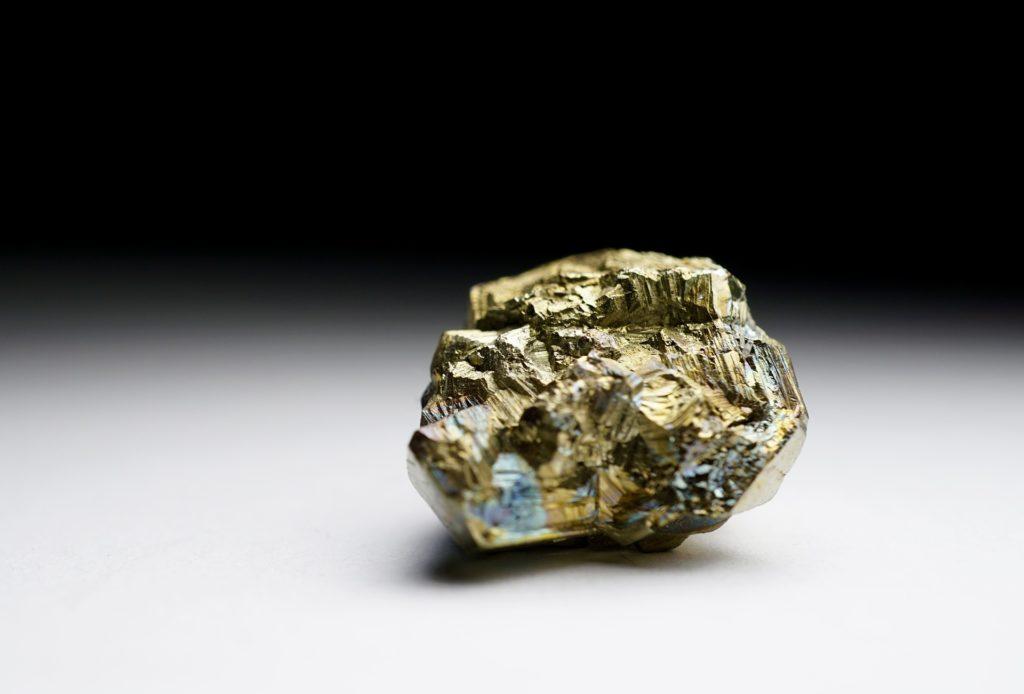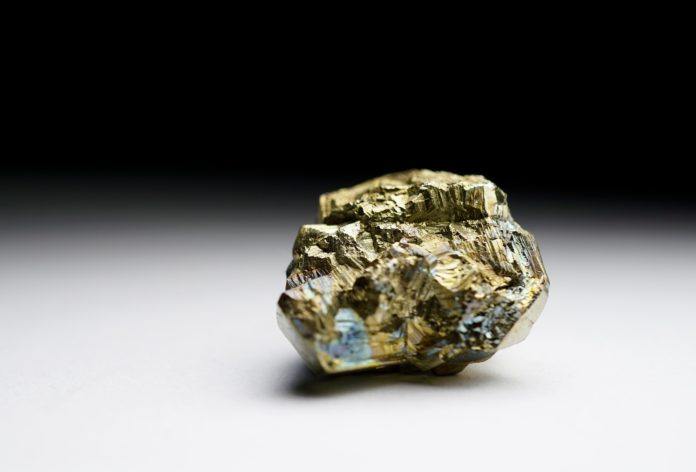
Image Credit: Florian Pircher
The breakthrough resulted from a study conducted by the engineers at the University of Minnesota. They were able to electrically transform an entirely non-magnetic material into a magnetic one successfully. This is the first time in the world anyone succeeded in doing so!
The non-magnetic material they used was Pyrite (FeS2) also known as Fool’s Gold. It is an Iron sulfide and the most common Sulfide mineral available. It is also a byproduct of petroleum production.
The researchers were in a decade long study to find ways to make low-cost, non-toxic solar cells. And their main candidate was this highly abundant Sulfide mineral, Pyrite. And there was another simultaneously ongoing study where they tried ways for electrical voltages to control magnetic properties in materials. Fortunately, the researchers decided to combine these two studies.
They aimed to use very little electric current to manipulate the magnetic properties in materials, which in turn would make any magnetic device more energy-efficient. They tried to induce ‘Ferromagnetism’, the strongest form of magnetism. And they were able to induce ferromagnetism in non-magnetic Iron Sulfide (Pyrite) successfully. There are only a handful of substances that are natively ferromagnetic, such as Iron, Cobalt, Nickel and their alloys. So it would be very useful to have more magnetic materials available.
This is how it was done.
They used a technique called, ‘Electrolyte gating’ where they immersed the non-magnetic Pyrite in an electrolyte. Then a tiny voltage of 1 volt was applied. This sent positively charged molecules between electrolyte solution and the material. This induced a measurable magnetic force (ferromagnetism) in the non-magnetic Pyrite. By turning off the voltage they could turn the material to its non-magnetic form back, meaning, the induced magnetism was reversible and this would come handy in many electronic applications.
“We were pretty surprised it worked! By applying the voltage, we essentially pour electrons into the material. It turns out that if you get high enough concentrations of electrons, the material wants to spontaneously become ferromagnetic, which we were able to understand with theory. This has lots of potential. Having done it with iron sulfide, we guess we can do it with other materials as well.” says Chris Leighton, lead researcher on the study.
From Hard drives to Random Access Memories (RAM), many parts in the high technology is built with magnetic materials. And this discovery opens new pathways to assist energy-efficient computers with valuable new magnetic materials that might not otherwise be suitable for such applications.
The study is published in the journal Science Advances.

